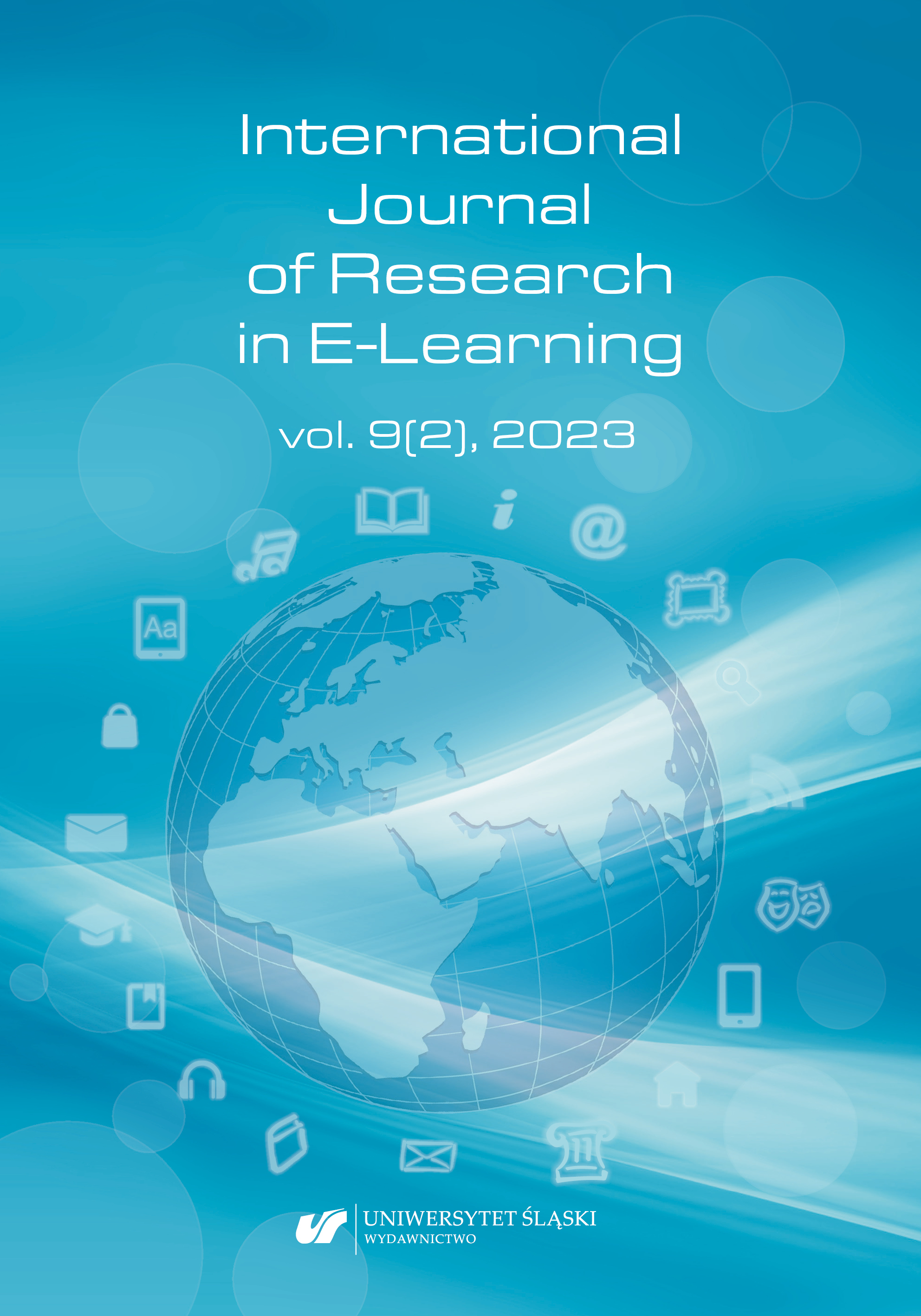Affolter, K., Stockinger, K., & Bernstein, A. (2019). A comparative survey of recent natural language interfaces for databases. The VLDB Journal, 28(5), 793-819. https://doi.org/10.1007/s00778-019-00567-8.
Google Scholar
Akyon, F., Cavusoglu, D., Cengiz, C., Altinuc, S. & Temizel, A. (2022) Automated question generation and question answering from Turkish texts using text-to-text transformers. Turkish Journal of Electrical Engineering and Computer Sciences (30:5), article 17. https://doi.org/10.55730/1300-0632.3914.
Google Scholar
Colab.research.google.com. (2022) Google Colaboratory. Retriеved: https://colab.research.google.com/notebooks/welcome.ipynb?hl=ua.
Google Scholar
Common crawl. Retriеved: https://commoncrawl.org/.
Google Scholar
Devlin, J., Chang, M., Lee, K. & Toutanova, K. (2019). BERT: Pre-training of Deep Bidirectional Transformers for Language Understanding. In J. Burstein, C. Doran & T. Solorio (Eds.). Proceedings of NAACL-HLT 2019, (pp. 4171–4186), https://aclanthology.org/N19-1423.pdf.
Google Scholar
Dodge, J. et al. (2021) Documenting large Webtext corpora: A case study on the Colossal Clean Crawled Corpus, Proceedings of the 2021 Conference on Empirical Methods in Natural Language Processing, (pp. 1286–1305), https://aclanthology.org/2021.emnlp-main.98.pdf.
Google Scholar
Education Ecosystem (LEDU). (2022) A Simple Introduction to Natural Language Processing, Becoming Human: Artificial Intelligence Magazine. Retriеved: https://becominghuman.ai/a-simple-introduction-to-natural-language-processing-ea66a1747b32.
Google Scholar
Graetz, F.M. (2022). Why AdamW matters, Towards Data Science. Retriеved: https://towardsdatascience.com/why-adamw-matters-736223f31b5d.
Google Scholar
Guo, J., Zhan, Z., Gao, Y., Xiao, Y., Lou, J. G., & Liu, T. (2019). Towards complex text-to-SQL in cross-domain database with intermediate representation. In 57th Annual Meeting of the Association for Computational Linguistics, (pp. 4524-4535), Association for Computational Linguistics, Florence, Italy. https://doi.org/10.18653/v1/P19-1444.
Google Scholar
Huggingface.co. (2022) squad_v2 · Datasets at Hugging Face. Retriеved: https://huggingface.co/datasets/squad_v2.
Google Scholar
Lutkevich, B. (2022) What is Natural Language Processing? An Introduction to NLP . Retriеved from: https://www.techtarget.com/searchenterpriseai/definition/natural-language-processing-NLP.
Google Scholar
Mellah, Y., Rhouati, A., Ettifouri, E. H., Bouchentouf, T. & Belkasmi, M. G. (2021). SQL Generation from Natural Language: A Sequence-to-Sequence Model Powered by the Transformers Architecture and Association Rules. Journal of Computer Science, 17(5), 480-489. https://doi.org/10.3844/jcssp.2021.480.489.
Google Scholar
Nagoudi, E., Elmadany, A. & Abdul-Mageed, M. (2022) AraT5: Text-to-Text Transformers for Arabic Language Understanding and Generation. In S. Muresan, P. Nakov, & A. Villavicencio (Eds.). Proceedings of the 60th Annual Meeting of the Association for Computational Linguistics (Volume 1: Long Papers), (pp. 628–647), http://dx.doi.org/10.18653/v1/2022.acl-long.47.
Google Scholar
Negri, D. (2022). Transformer NLP explained & natural language processing examples, Eidosmedia. Retriеved from https://www.eidosmedia.com/blog/technology/machine-learning-size-isn-t-everything.
Google Scholar
Roberts, A. (2022). Exploring Transfer Learning with T5: the Text-To-Text Transfer Transformer. Google Research. Retriеved from https://ai.googleblog.com/2020/02/exploring-transfer-learning-with-t5.html.
Google Scholar
Vachev, K., Hardalov, M., Karadzhov, G., Georgiev, G., Koychev, I., & Nakov, P. (2022). Leaf: Multiple-Choice Question Generation. Advances in Information Retrieval. ECIR 2022. Lecture Notes in Computer Science (13186). Springer, Cham, (pp. 321–328). https://doi.org/10.1007/978-3-030-99739-7_41.
Google Scholar
Xavier, B.A., & Chen, PH. (2022) Natural Language Processing for Imaging Protocol Assignment: Machine Learning for Multiclass Classification of Abdominal CT Protocols Using Indication Text Data. Journal of Digital Imaging 35, 1120–1130. https://doi.org/10.1007/s10278-022-00633-8.
Google Scholar


 https://doi.org/10.31261/IJREL.2023.9.2.04
https://doi.org/10.31261/IJREL.2023.9.2.04
